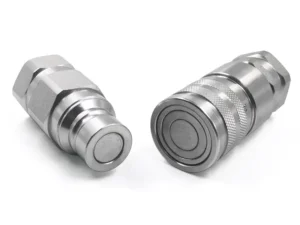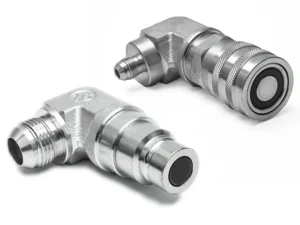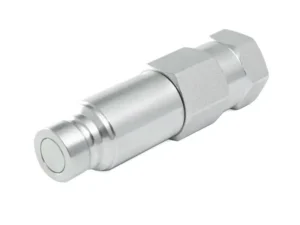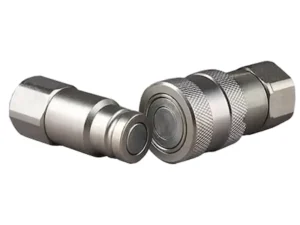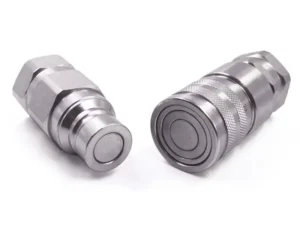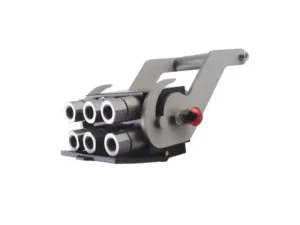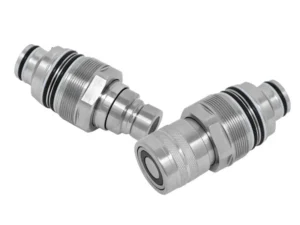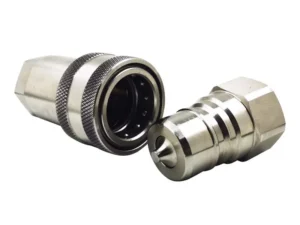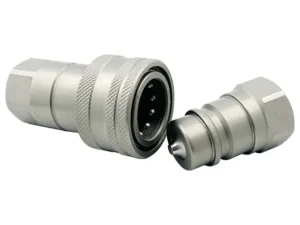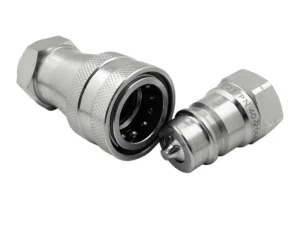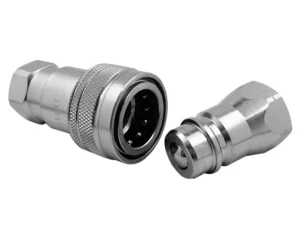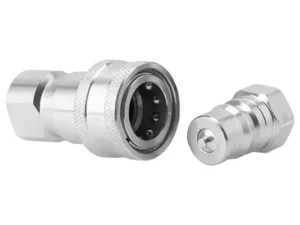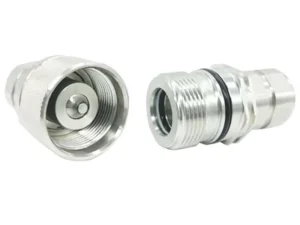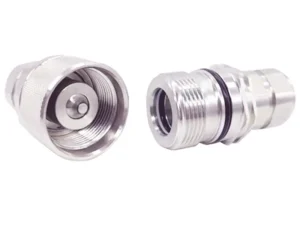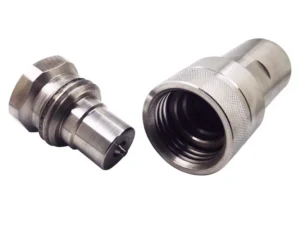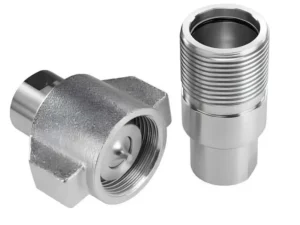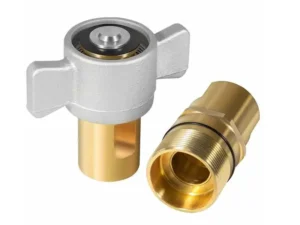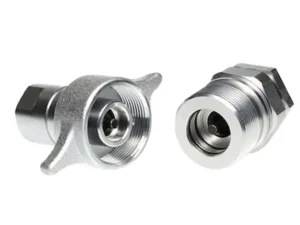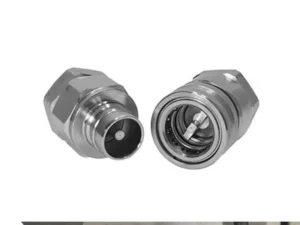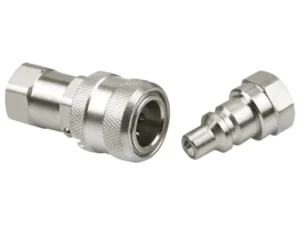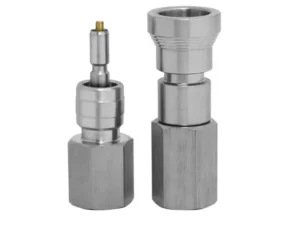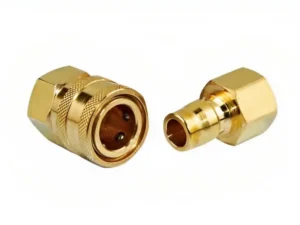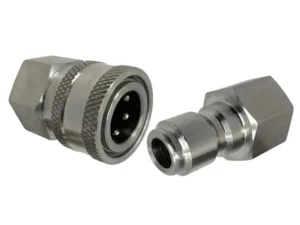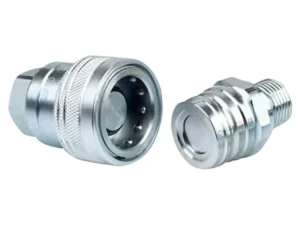How to choose material
Choosing the right seal ring material for your hydraulic quick coupling
Choosing the right seal ring material for your hydraulic quick coupling is crucial for ensuring optimal performance and preventing leaks. Several factors need to be considered, including:
Fluid type: Different fluids have different compatibility with different materials. Some common hydraulic fluids and their compatible seal ring materials include:
- Petroleum-based hydraulic fluids: Buna-N (Nitrile) is the most common choice, offering good resistance to abrasion, wear, and tear.
- Water-based hydraulic fluids: Polyurethane (PU) or ethylene propylene rubber (EPDM) are excellent options due to their excellent water resistance.
- Phosphate ester fluids: Fluorocarbon (FKM) or Viton® are ideal for their exceptional resistance to high temperatures and aggressive chemicals.
Temperature and pressure: The operating temperature and pressure range of your system will dictate the material’s ability to withstand those conditions. For high-temperature applications, FKM or Viton® might be necessary, while Buna-N can handle moderate temperatures and pressures.
Application requirements: Consider any specific demands of your application, such as chemical resistance, flexibility, or compression set. For instance, if your coupler sees frequent connect/disconnect cycles, you might prioritize a material with good elasticity and abrasion resistance.
Here’s a quick overview of some common seal ring materials for hydraulic quick couplings:
- Buna-N (Nitrile): Most versatile and cost-effective, good for petroleum-based fluids and moderate temperatures/pressures.
- Polyurethane (PU): Excellent for water-based fluids, good abrasion resistance, and low-temperature flexibility.
- Ethylene propylene rubber (EPDM): Similar to PU in water resistance, suitable for some mild acids and alkalis.
- Fluorocarbon (FKM) or Viton®: Exceptional high-temperature and chemical resistance, ideal for aggressive fluids and demanding applications.
- Silicone: Good for high and low temperatures, but limited chemical resistance.
Additional tips:
- Consult the manufacturer’s recommendations for your specific quick coupling model.
- Consider using backup rings for added sealing security, especially in high-pressure applications.
- Regularly inspect and replace your seal rings as needed to prevent leaks and ensure optimal system performance.
By carefully considering these factors and choosing the right material, you can ensure your hydraulic quick couplings perform reliably and efficiently for years to come.
